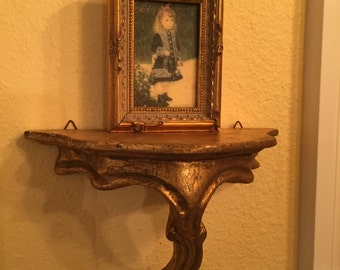


Jasperware - First designed by Josiah Wedgewood in the 1770s, Jasperware is a type of stoneware that was used to make pottery and other goods for hundreds of years.However, the current ban on commercial ivory in the United States means that you won't be able to legally purchase any ivory pieces, but any ivory you already own is considered yours. Ivory - A precious, natural material that comes from elephant tusks, ivory was frequently used to make handles for various beauty tools.Thus, middle-class individuals could add some glitz and glamour to their beauty table without breaking the bank. Gold plate - Gold plating is a common metalworking technique which takes a heartier metal and encases it in a thin layer of gold.Enamel - You won't often find antique dresser sets completely crafted out of enamel rather, you can easily find sets that have large enamel inlays which add color, artistry, and storytelling to the beauty items.Celluloid - Lighter than bakelite and most often found in a rich cream color, celluloid dresser sets are extremely desirable for their soft elegance.It's common to find antique brass dresser sets that have dulled over time, due in large part to the tendency for brass to patina as it ages. Brass - Brass was a sturdy metal which brought a sense of elegance to older dresser sets.Perhaps the most common color/pattern for bakelite sets is brown tortoiseshell however, you can find beautifully vibrant sets in shades of green, pink, blue, yellow, and cream as well. Bakelite - Typically featured in early to mid-20th century sets, bakelite was one of the first synthetic plastics.Some of the materials used to make these sets were: One reasons that vanity brush sets are still highly collectible is because of their seemingly endless number of designs. Materials Used in Antique Brush and Mirror Sets


 0 kommentar(er)
0 kommentar(er)
